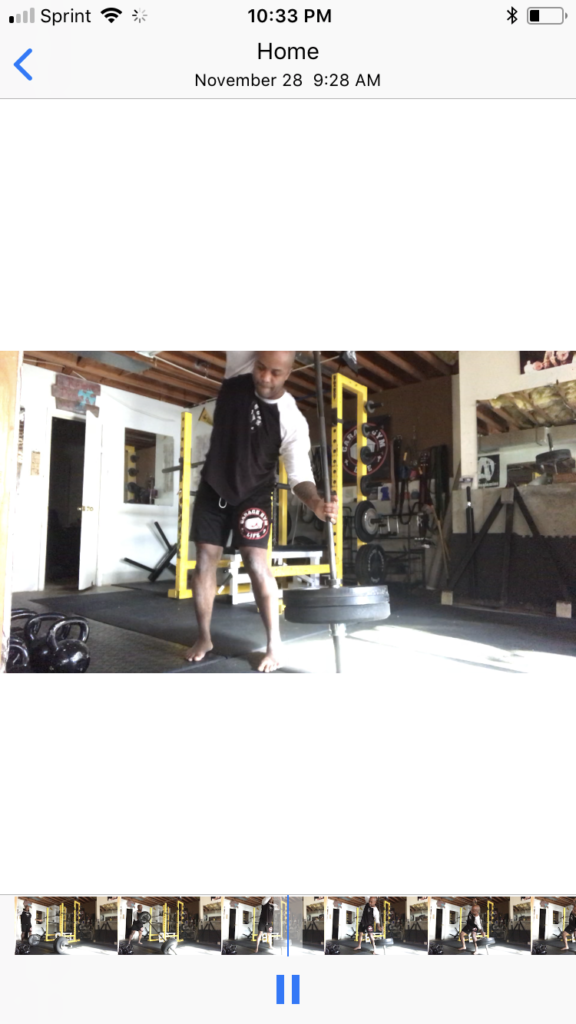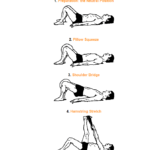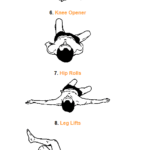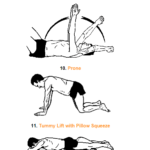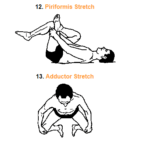The Story Thus Far
Ever been threatened with a hernia by your doctor? I had my annual physical in December 2017 and one joyful tidbit of information was that there was some weakness on my driver’s side lower abdomen. That sounded ominously like, “You’re heading for a hernia, Son.” So my natural reaction was to ask, “What do I do to prevent this?”
He shrugged and said, “Nothing you can do really. These particular muscles don’t respond to abdominal exercises. Just be careful.” He sent me downstairs to get my blood work done. Yippee.
Right.
I Ain’t No Punk
One of the many ways that my Heavenly Father blesses me is by not letting me stay depressed for longer than five to ten minutes. He’s brought me through so much, so many times. His mercy covered me as I grew from a frail kid with a heart murmur and hypoglycemia to a martial artist with a silver medal in kickboxing and a couple of powerlifting records. My Savior has protected me through a strained rotator, strained pec minor, a cancer scare and unexplained bouts of vertigo WHILE working in a job that required me to climb 60 feet into the air on utility poles. I’ve survived gang fights and being shot at multiple times including a near miss from a rocket in Falluja, Iraq. So while this concerns me, I didn’t panic.
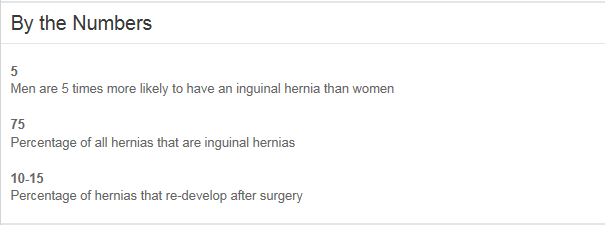
Results of my Hernia Resistance Research
By the time I hit the lobby, I’d already Googled “how to prevent a hernia”, exercises that prevent a hernia, strengthen your core to prevent a hernia and avoid getting a hernia. I got mixed results. Most of the sites I found mentioned that many types of hernias are genetically determined and that surgery is the only way to repair a hernia once it occurs. There’s no consensus on whether you can prevent a hernia although I did get a nifty graphic from coreperformance.com.
Adding Muscle Around a Hernia is Bad
According to RxList, “Exercise can strengthen the surrounding muscles, thereby worsening the localized weakness and increasing the pressures inside the abdomen.” This seems to rule out conventional ab work like crunches, situps, leg raises and other things hated by experts likes spinal Jedi Dr. Stuart McGill.
Adding Muscle Around a Hernia is Good
RMHernia.com says “Phooey!” to RxList and advises that you perform crunches, planks, Supermans and bridges. Not neck bridges or wrestler’s bridges. Something less fun: unweighted glute bridges.
The Hernia Bible
Apparently there is such a thing. I shudder to imagine what sort of mountain it’s commandments came down from but it does raise some interesting points. My favorite is, “A variety of muscles and body tissues are involved in maintaining the strength and structure of your ‘undercarriage’. Your shoulders, aided by your rib cage, should act like a ‘coat hanger’ which suspends your abdomen so that it doesn’t sag and weigh down on your pelvic floor and lower abdomen.” The article goes on to recommend that I NOT perform ANY of the exercises until I find a Pilates instructor so I’m including the image but I’m not responsible for your safety if you do a hamstring stretch without a Pilates Instructor present.
Hmm. I’m a garage gym owner which sort of means that I treasure my independence. Granted, I don’t treasure it enough to get a hernia for it but
let’s keep searching.
Since the previous sites were a bit on the “designed for Non-Athletic Regular People (NARPs) side, I decided to check out a website that’s a bit more hard core and trustworthy. Breakingmuscle.com is one of those sites that insists on publishing content that I usually wish I’d thought of but wasn’t smart enough to write. (Also, my budget for paying writers is considerably smaller.) Justin Lind, came through for me with out of the box information. He said, “Essentially, most people lead childhoods and adult lifestyles that leave them misaligned and weak, while asking their bodies to perform at a high level either in competition or weekend-warrior hobbies.” Think about that for awhile.
Cause = Pressure + Weakness
I was struck especially when Lind said part of our issue is that we SHOULDN’T keep muscle tension on our abs all day. It’s actually good for you to shift between relaxation and contraction organically as you go through your day. So the issue is that we’ve got pre-existing muscle weakness, then we stress a weakened structure with tremendous pressure every time we squat, deadlift, bentover row, do carries, planks and movements near your 1RM. Yikes.
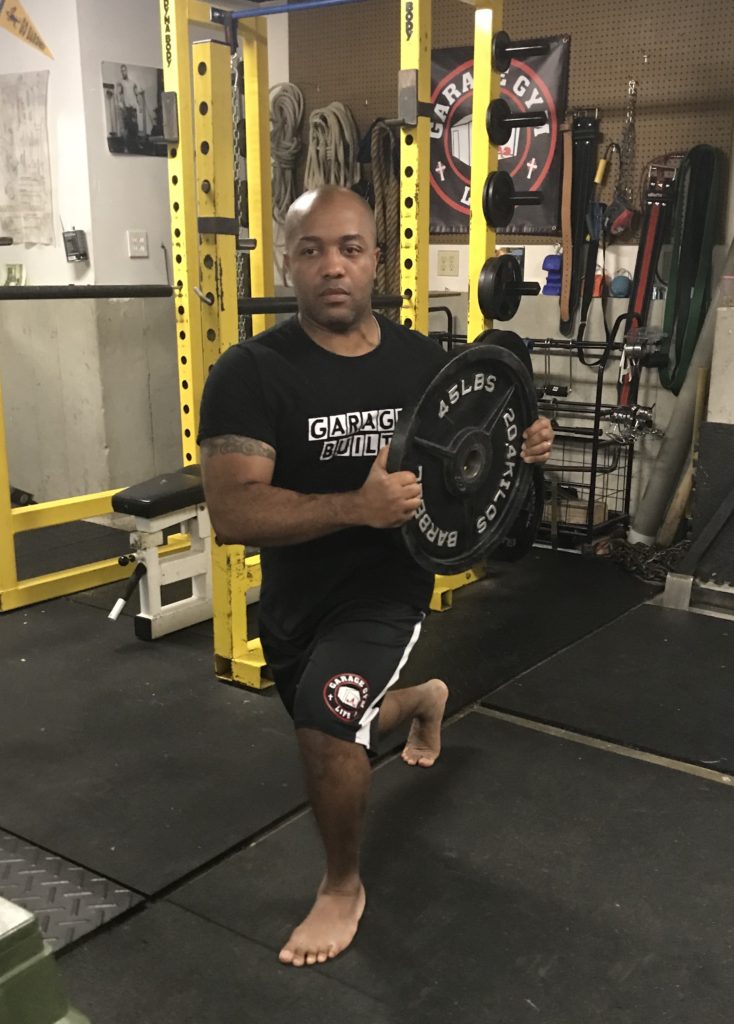 So What’s A GymRat to do?
So What’s A GymRat to do?
My first strategy is a solution similar to what Michael Wailes adopted to deal with his heart condition. Mike said that he wants to continue powerlifting but can’t handle Valsalva Manuevers with true max effort attempts. Even when he competes in powerlifting, he’s not going 100%. Because his wife and daughter need him more than we “need” to see him “leave it all on the platform”.
James Fuller to the Rescue
All Time World Record Holder James Fuller called me two days after my doctor visit and our short conversation did a lot to ease my concerns. James pointed out that because of the relationship between our internal obliques, rectus abdominis and transverse abdominis old school exercises such as vacuums, the Rader Chest Pull and twisting movements can help keep the pressure off the abdominal wall by “sucking in” the organs that poke through and cause herniation. We spoke for about thirty minutes and what I learned was so interesting that I’m going to publish it as a separate post. For now, it’s enough for me to know that all is not lost.
I Still Plan on Getting Stronger
- I’ve switched my training intensity since the diagnosis. I still train but I’m using a Training Max rather than my Competition Maxes.
- AMRAP and submax is still happening but now a set is over as soon as my technique breaks down, not when I reach muscular failure
- Adding weight now happens fractionally. Bradley J. Steiner’s Just Noticeable Difference is my guideline. So I don’t go for it because “I’m feeling good that day.” Slow and steady.
- I’m making a concerted effort to include vacuums and rotational work into my DAILY routine.
The Beginning

